The piston rod is a critical component in the function of internal combustion engines. It serves as a vital link between the piston and the crankshaft, transferring force generated during combustion into rotational motion. Understanding the role of piston rods in engine dynamics is key for both automotive enthusiasts and professionals in the industry. In this article, we will explore the construction and types of piston rods, their functions, factors affecting performance, and maintenance practices. By the end, you will have a comprehensive understanding of piston rods and their significance in engine operation.
The Anatomy of a Piston Rod
What Is a Piston Rod?
A piston rod, also known as a connecting rod, is a component that connects the piston to the crankshaft in an engine. The piston moves up and down within the cylinder, and the piston rod transforms this linear motion into rotary motion for the crankshaft. The design of the piston rod is crucial to its ability to handle the forces experienced during engine operation.
Most piston rods are made from sturdy materials such as steel or aluminum alloys. These materials ensure strength while keeping the weight down, which is essential for engine efficiency. The design usually includes a small end that connects to the piston and a large end that connects to the crankshaft.
Key Components of a Piston Rod
The piston rod consists of several key components that contribute to its functionality. These include the small end, large end, and the rod body.
- Small End: The small end connects directly to the piston via a pin. This connection allows for the piston’s linear movement while ensuring a secure fit. The pin often has a bushing to reduce friction and wear.
- Large End: The large end connects to the crankshaft. This end is typically more robust to support the engine’s rotational forces. The connection here allows for the transformation of linear motion into rotational movement in the crankshaft.
- Rod Body: The rod body is the main section of the piston rod and typically has a tapered design. This design helps reduce weight while maintaining strength. The streamlined shape aids in reducing engine vibration and enhancing overall efficiency.
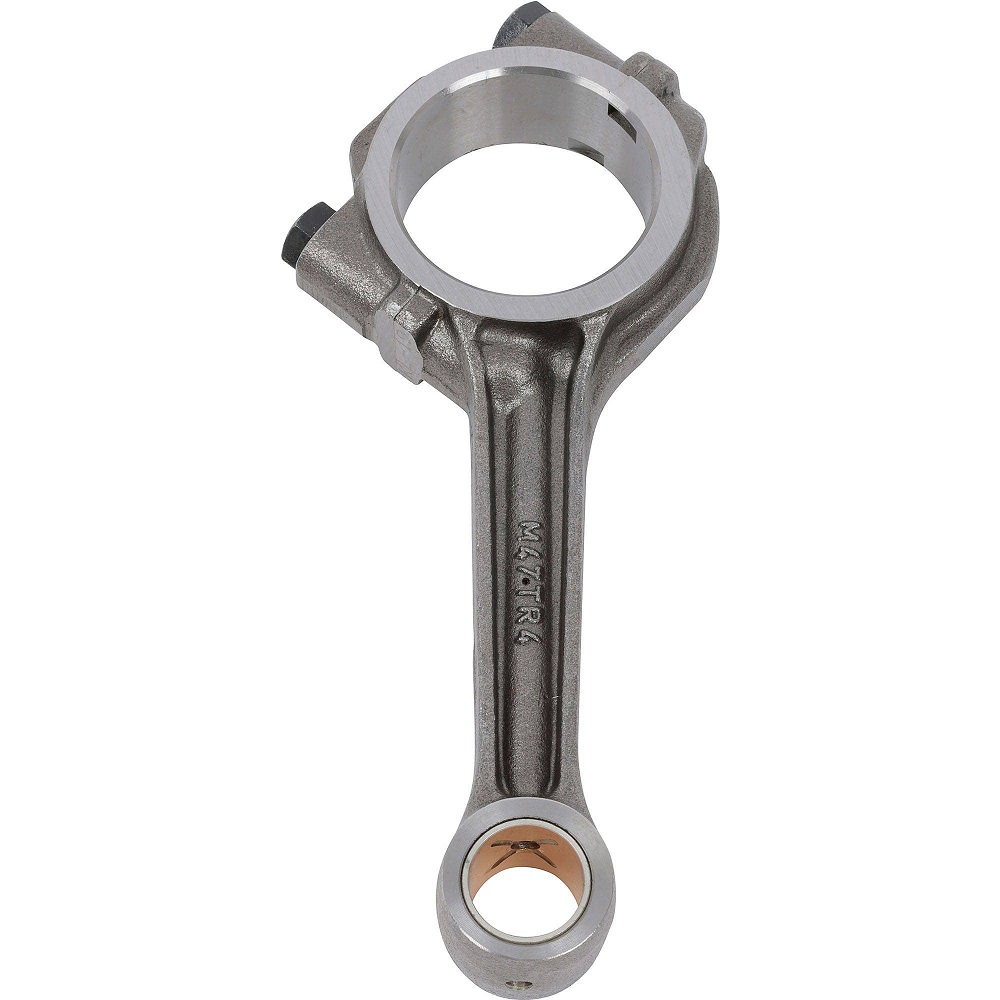
Functions of Piston Rods
Force Transfer
The primary function of a piston rod is to transfer force generated in the combustion chamber to the crankshaft. When the air-fuel mixture in the cylinder ignites, it pushes the piston downward. This force is then transmitted through the piston rod to the crankshaft, converting linear motion into rotary motion.
This process is fundamental for the engine’s operation, as the crankshaft is responsible for delivering power to the vehicle’s drivetrain. Without an efficient piston rod, the conversion process would be impeded, leading to reduced engine performance.
Maintaining Engine Stability
Piston rods also play a role in maintaining engine stability. Their design helps absorb vibrations produced during combustion and piston movement. By dampening these vibrations, piston rods assist in promoting a smooth and stable engine operation.
If a piston rod is poorly designed or fails, it can lead to increased engine vibrations. These vibrations can cause stress on other components and may even lead to mechanical failure. A well-functioning piston rod is crucial for stable engine performance and longevity.
Managing Heat Transfer
During engine operation, heat is generated as a byproduct of combustion. Piston rods help manage this heat transfer by conducting it from the piston to the crankshaft and ultimately to the engine block. An efficient piston rod can help in dissipating heat, reducing the risk of overheating in the combustion chamber.
Heat management is vital for maintaining optimal engine temperatures. If a piston rod can effectively transfer heat, it prevents excessive temperature buildup, leading to improved engine longevity and performance.
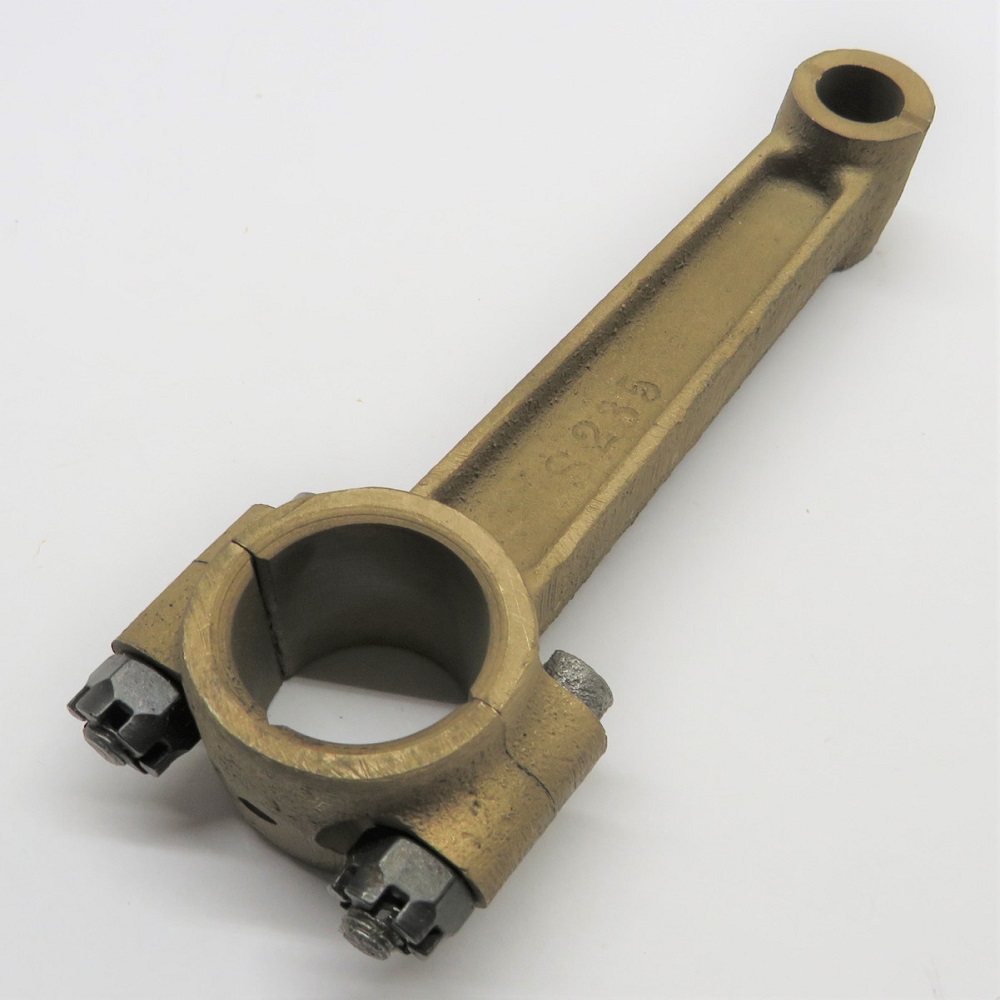
Types of Rods
Forged Piston Rods
Forged piston rods are made from a single piece of material that is shaped under high pressure and heat. This manufacturing process results in a rod that is both strong and lightweight. Forged piston rods are commonly used in high-performance and heavy-duty applications where durability and strength are paramount.
The advantage of forged piston rods lies in their resistance to bending and fatigue. This makes them suitable for engines that operate under extreme conditions, such as racing engines or heavy-duty trucks. Their sturdiness makes them a preferred choice for those looking to maximize performance and reliability.
Cast Piston Rods
Cast piston rods are made using a casting process where molten metal is poured into a mold and allowed to harden. This method is generally less expensive than forging, making cast piston rods more common in everyday vehicles. While they may not be as strong as forged rods, cast rods can still provide adequate performance for standard applications.
Manufacturers often use cast piston rods in smaller engines or applications not subject to extreme stress. They provide good longevity for most driving conditions, but experts typically do not recommend them for high-performance environments where additional strength is necessary.
Billet Piston Rods
Billet piston rods are machined from a solid block of metal. This manufacturing method allows for precision and customization, leading to superior strength and performance. Billet rods are often found in high-performance racing engines and specialty applications.
These piston rods are designed to be exceptionally durable and lightweight. The precision machining often results in better alignment and fit, enhancing overall engine performance. While billet rods can be more expensive than other types, their quality makes them worth the investment for serious enthusiasts.
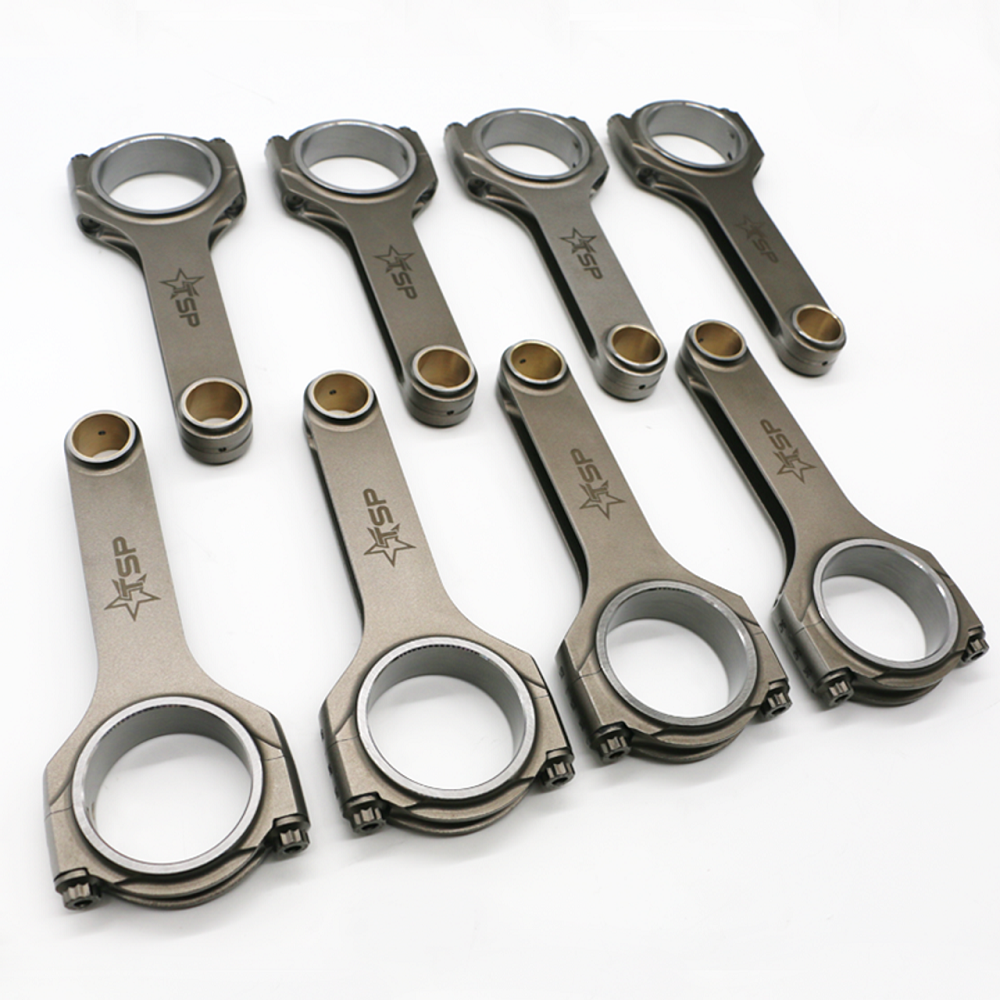
Factors Affecting Rod Performance
Material Quality
The quality of materials used in the construction of piston rods is critical for performance and longevity. High-quality materials can withstand the forces and temperatures experienced during engine operation.
Using inferior materials may lead to premature wear, fatigue, or even catastrophic failure. Selecting piston rods made from reputable brands employing high-grade materials ensures that you receive a product capable of handling your engine’s demands.
Engine Design and Specifications
The design and specifications of the engine also influence piston rod performance. Different engines exhibit unique characteristics, and the piston rods must be compatible with these specifications. For instance, higher-revving engines may require lighter rods for optimal performance, whereas larger engines may demand sturdier rods.
When selecting piston rods, it is essential to consider the specific application. Understanding the engine’s requirements will guide you in choosing the correct type and size of piston rods. This attention to detail is crucial for achieving desired performance levels.
Operating Conditions
Operating conditions significantly impact the performance and longevity of piston rods. Factors such as temperature, load, and engine speed can all affect how piston rods perform. Extreme conditions may lead to increased wear and tear, requiring more robust rods.
For racing applications or high-performance builds, you must select the piston rods to accommodate these extreme conditions. Conversely, standard commuter vehicles may require less stringent specifications. Always consider the intended use when evaluating piston rod options.
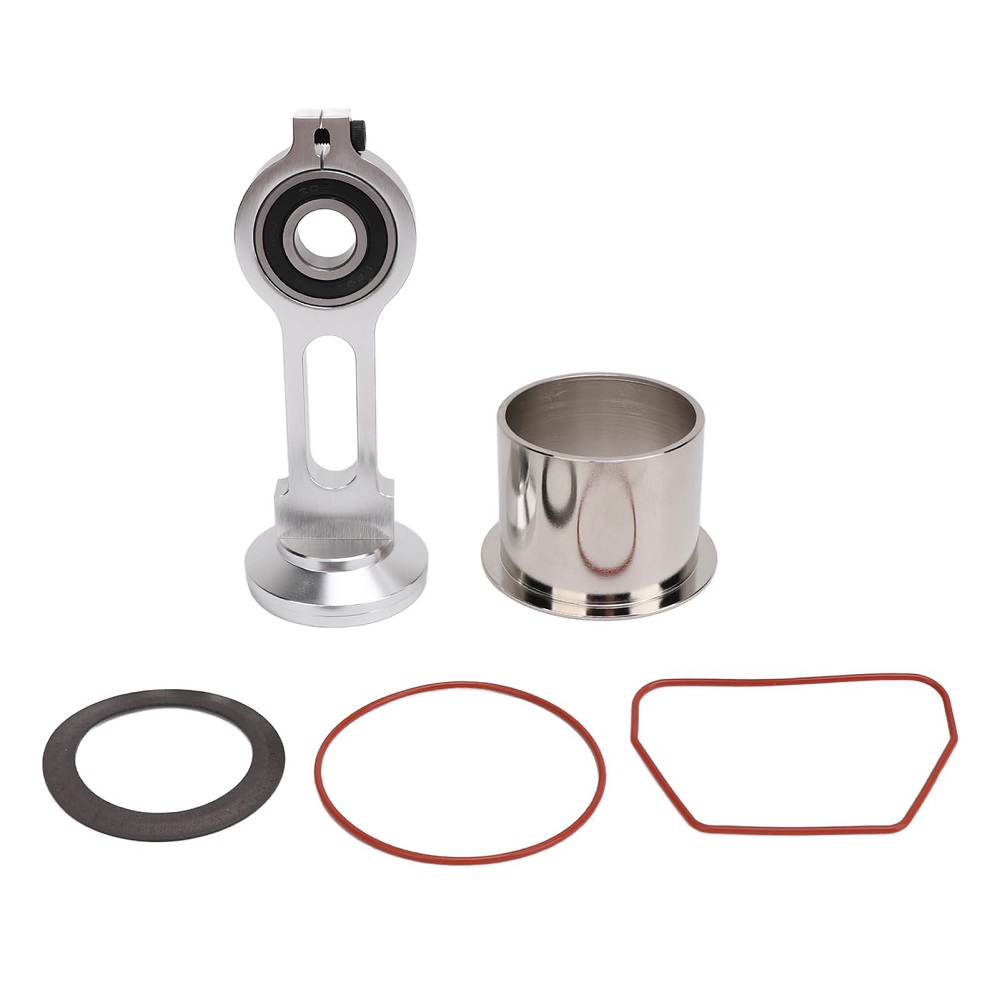
Signs of Rod Issues
Engine Performance Problems
If you notice a decrease in engine performance, it may indicate issues with the piston rods. Symptoms such as reduced power, unusual vibrations, or knocking noises can indicate that the piston rods are damaged or not functioning correctly.
An engine that struggles to perform might require professional evaluation. Ignoring these signs can lead to further damage and costly repairs. Regular maintenance checks will help identify potential issues early, allowing for timely intervention.
Oil Consumption
Excessive oil consumption can also be a sign of piston rod problems. If oil begins to leak past the piston rings, it may indicate a failure in the piston rod system. This leakage can lead to increased oil consumption and potential engine damage.
Monitoring oil levels and consumption is critical for maintaining engine health. If you consistently need to add oil between changes, it’s time to investigate further. Addressing oil consumption issues promptly can prevent more extensive damage to the engine.
Unusual Noise from the Engine
Knocking or tapping noises originating from the engine could be indicative of problems with the piston rods. As these components wear down, they might lose their integrity, leading to misalignment or imbalanced rotations.
If you experience these noises, have the engine inspected to assess the situation. Early diagnosis can prevent serious engine failure and save repair costs. Being proactive about unusual sounds can lead to better overall engine health.
Replacing Piston Rods
Understanding the Replacement Process
If piston rods are worn or damaged beyond repair, they will need to be replaced. The process of replacing piston rods requires disassembling the engine. This task involves removing the engine head and pulling out the pistons to gain access to the rods.
We recommend that a professional mechanic perform this work, as improper handling can lead to further issues. A skilled technician will ensure that they complete the replacement process correctly, helping to restore engine function and performance.
Signs That Replacement Is Necessary
If symptoms like oil consumption or engine noises arise, it may be time to replace piston rods. A qualified mechanic can perform a thorough inspection to determine whether replacement is necessary. Addressing these issues promptly can prevent more extensive engine damage and related expenses.
Regular diagnostics and maintenance checks can help identify symptoms early, allowing for timely replacements. Staying ahead of potential problems is essential for maintaining a reliable vehicle.

FAQ:
1. What is a piston rod, and what is its function in an engine?
Answer: A piston rod, also known as a connecting rod, is a crucial component in an internal combustion engine. Its primary function is to connect the piston to the crankshaft. When the piston moves up and down in the cylinder due to combustion, the piston rod transfers this linear motion to the crankshaft, which converts it into rotational motion, ultimately powering the vehicle.
2. What are the main types of piston rods?
Answer: There are several types of piston rods, including:
- I-Beam Rods: Shaped like an “I,” these rods are lightweight and provide strength, commonly used in high-performance engines.
- H-Beam Rods: Shaped like an “H,” these rods are designed for strength and stability, making them suitable for applications that require high durability.
- Forged Rods: Made from forged metal, these rods offer high strength and resistance to fatigue, often used in racing and heavy-duty applications.
- Cast Rods: Produced by casting, these are generally more affordable and used in standard engines but may not be suitable for high-performance applications due to lower strength.
3. How do I know if my piston rod is damaged?
Answer: Signs of a damaged piston rod may include:
- Knocking Noise: A distinct knocking sound from the engine, especially during acceleration, may indicate rod bearing failure or a bent piston rod.
- Loss of Power: Decreased engine performance or power loss could be a sign of internal damage related to the piston rod or associated components.
- Vibration: Excessive vibration while the engine is running may suggest misalignment or imbalance caused by a damaged rod.
- Oil Pressure Issues: Low oil pressure or fluctuations in oil pressure readings can be symptomatic of piston rod or bearing issues.
4. What causes piston rod failure?
Answer: Piston rod failure can result from several factors, including:
- Excessive Load: Overloading the engine beyond its capacity can lead to increased stress and potential failure of the piston rods.
- Improper Lubrication: Insufficient lubrication can cause increased friction and heat, leading to wear and eventual failure.
- Manufacturing Defects: Defects in materials or manufacturing processes can compromise the integrity of piston rods.
- Detonation: Abnormal combustion events can cause excessive force on the rods, leading to bending or breaking.
- Old Age and Wear: Continuous use over time can lead to material fatigue, especially if regular maintenance is not performed.
5. How can I maintain the health of my piston rods?
Answer: To maintain the health of your piston rods, consider these tips:
- Regular Oil Changes: Use high-quality engine oil and perform oil changes at recommended intervals to ensure proper lubrication and cooling.
- Monitor Performance: Pay attention to any changes in engine performance, such as unusual noises or vibrations, and address them promptly.
- Avoid Overloading: Do not push your engine to exceed its designed torque and horsepower limits, especially in towing or high-performance situations.
- Routine Inspections: Have regular inspections and maintenance performed by a qualified mechanic to identify potential issues before they lead to significant damage.
- Use the Right Fuel: Ensure you are using the correct fuel type for your engine, as specified by the manufacturer, to prevent combustion issues that can affect piston rods.
Conclusion
The piston rod is a vital component of an internal combustion engine that plays a significant role in its performance and efficiency. Its function in transferring force, maintaining stability, and managing heat makes it crucial for optimal engine function.
Understanding the types of piston rods, their construction, and performance factors can help car owners make informed decisions. Regular monitoring of symptoms and proactive maintenance practices are essential for ensuring the longevity of piston rods and the entire engine.
If issues arise, seeking professional help for diagnosis and repair is essential. By addressing problems early and understanding the key components of a piston rod in an engine, you can take proactive steps to maintain the health and efficiency of your vehicle. Piston rods deserve attention, as they contribute significantly to the overall performance and reliability of your engine.
With this newfound knowledge, you can appreciate the intricate workings of your vehicle’s engine. By understanding the importance of piston rods, you prepare yourself to make informed choices and enjoy a reliable, high-performing vehicle for years to come.
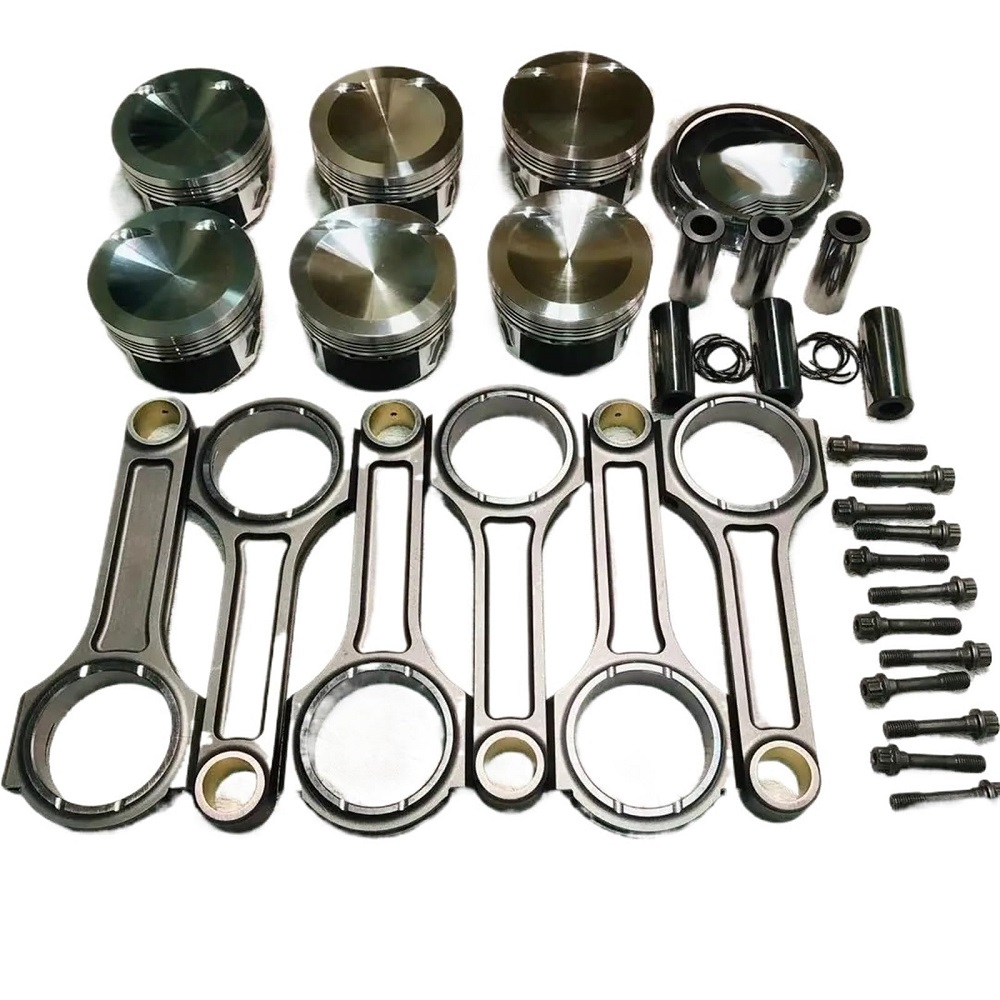
Leave a Reply